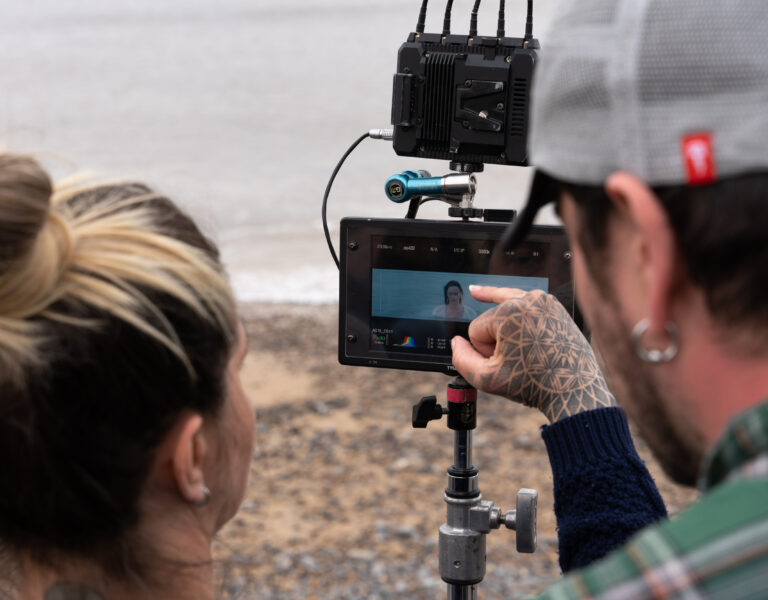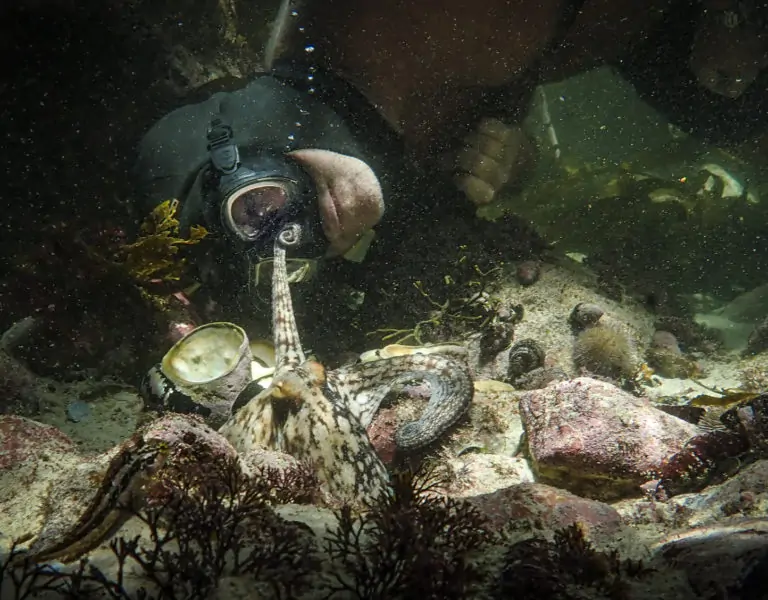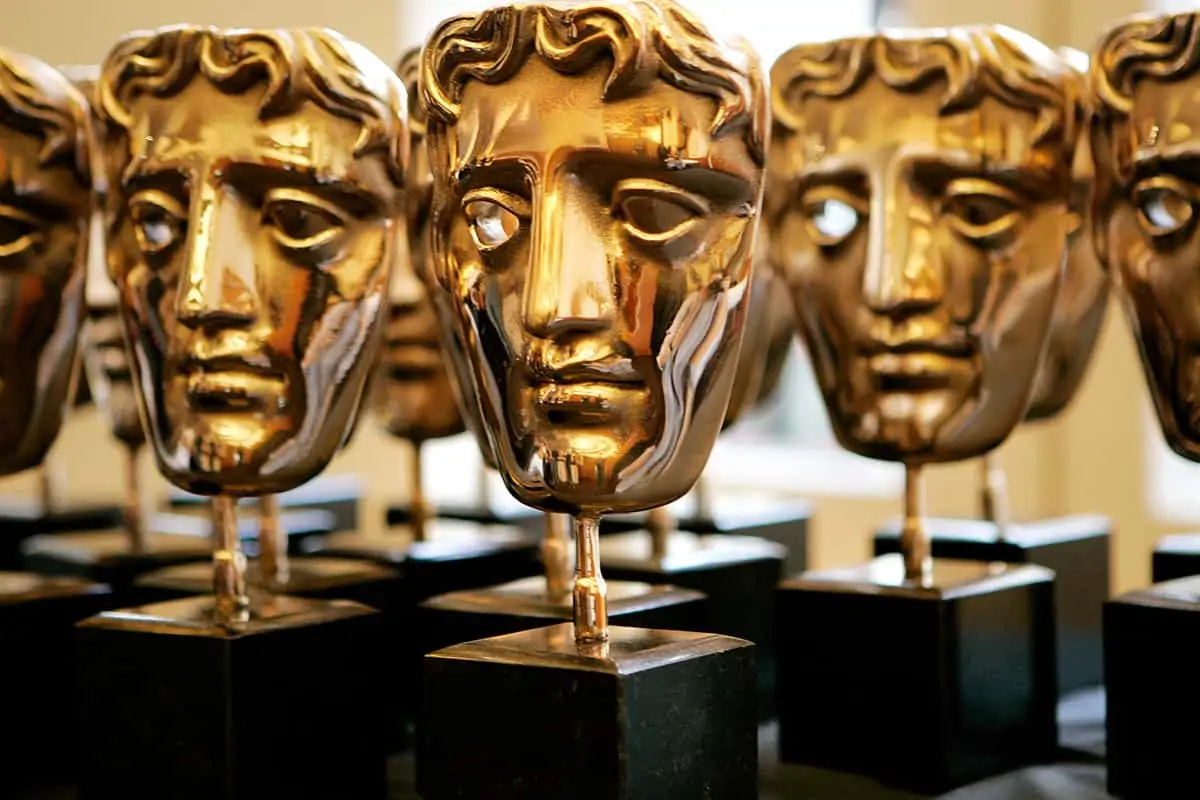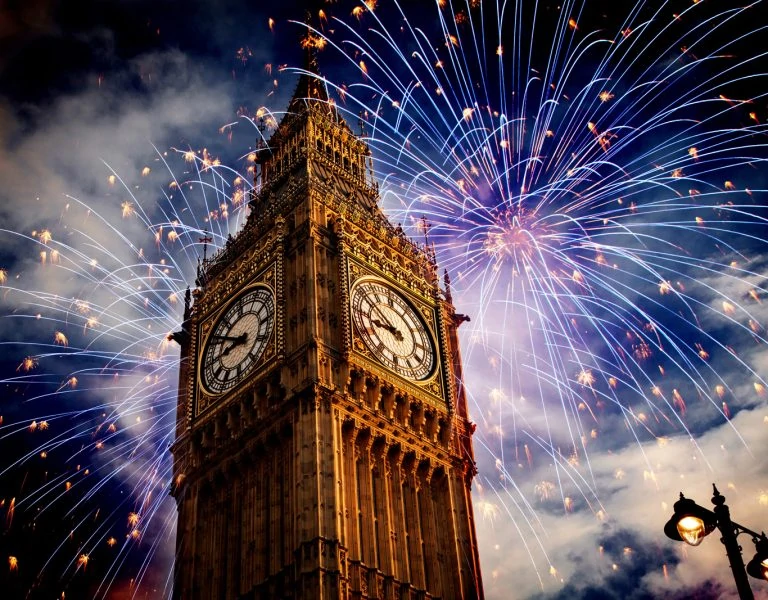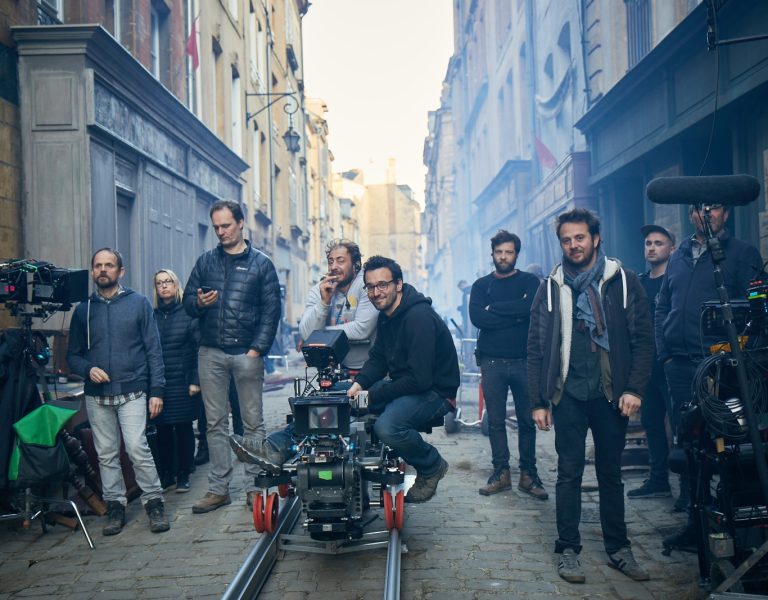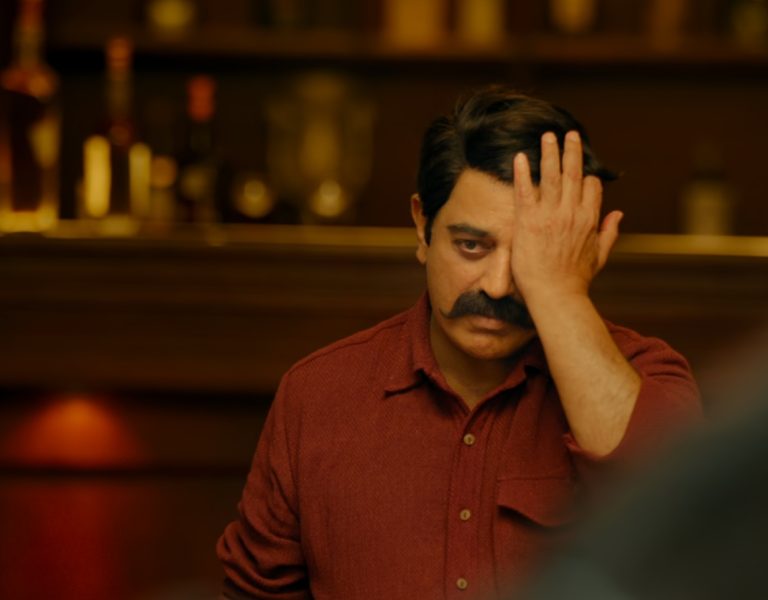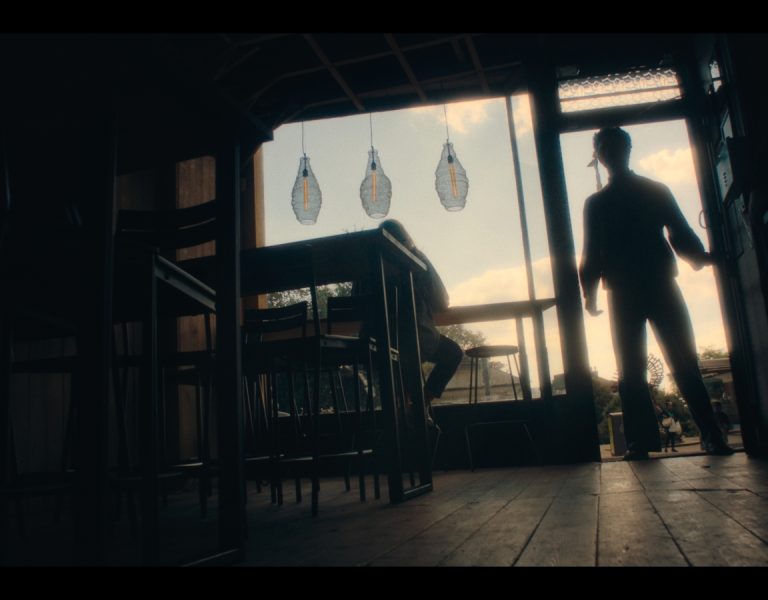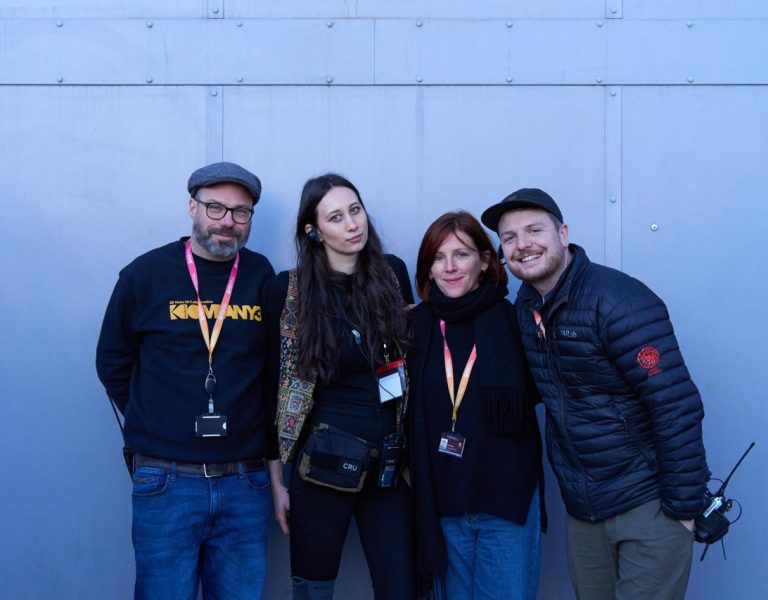Light is a fundamental and essential part of what cameras capture for cinema, of course. The many parameters and qualities of that light hitting a subject need to be carefully controlled, manipulated, enhanced, and then captured by skilled people who have learned their craft.
I am sure I don’t need to tell you the differences a top DP and gaffer can make to photograph a particular subject in a way that enhances the story and makes the words from the screenplay come alive on the screen, giving a depth and feeling for the audience. The film business has been achieving this for over 100 years, originally using daylight, then arc lights, then Tungsten, HMI, fluorescents and relatively recently LEDs. They were relatively straightforward and were normally either on or off with perhaps some limited dimming capability before it changed colour too much. The output could only be modified by physically covering the fixture’s output with sheets of gel and diffusion, or perhaps a gobo, for example. Changing the colour temperature of a fixture’s light output when it was 30ft in the air was not always easy.
Nowadays the choices for the camera and lighting departments can be quite daunting, with many apparently similar fixtures doing a very similar job, and different brands competing for the job. Much like cars or motorbikes, the user will have a preference with a certain brand, say Aston Martin or Land Rover, and yet each brand works slightly differently and can be incompatible when working together. The turn towards LED fixtures has brought a much wider palette, and many additional tools to work with to create certain looks and moods. Many effects such as various iterations of flickering candle or firelight can be built into the fixture that only a few years ago needed extra flicker boxes and equipment to achieve the effect.
In addition to this, even after the fixture is bought and pressed into action, there are the improvements and additions that can be added using firmware updates many years along the life of the fixture. What started out as a basic light emitting head can be transformed as technology evolves and manages to improve and enhance the features. Some are improvements, and some are “bug fixes” to correct the previous firmware updates! These upgrades are free for the owners or rental companies to download, and they are released at different times throughout the year. They are then uploaded to the fixtures with some manufacturers systems being way more complex than others.
This is great, the advances can be quite spectacular along the life of a fixture, and as new advances are made it means keeping hold of the physical head and updating it. However, often a firmware upgrade can be challenging for many reasons. Sometimes the “improvement” can make some fixtures behave in unexpected ways, and can even make some features stop working, whereas before the update they worked perfectly. Firmware updates within lighting fixtures and cameras is one area where manufacturers need to be more aware of the consequences.
Imagine you went to have your car serviced, and it came back with the radio not working, for example. Or the power steering, or the remote key fob not locking the car up. This was part of the “free upgrade”, and to make the locks work means another upgrade to fix it! But that upgrade is not ready yet, so you will have to wait a few weeks. Oh, and I will have to check each day to see if it is ready, download it and do the update myself… I know I would be miffed and more than slightly irked if that happened with my car!
For owners with one or two identical lighting fixtures the firmware can take a few minutes per head to update, and they will both be identical in functions afterwards. Great! Where this becomes challenging is when there are over a thousand heads in a rental company all needing to be updated. Additionally, when there are more than a few hundred specific fixtures on a big multi-stage shoot for six months or more, and the manufacturer releases an update during this hire time. The DP then may require more heads, thinking they will be identical in output. These new heads are updated with the new firmware, yet the original heads are left updated. This can often create a control conflict between the new heads and the original ones. They basically talk a slightly different language. Ideally the original heads need to be updated to avoid conflicts, yet often this is a very difficult task, as some are hanging from the studio ceiling or built into a set.
For some it’s a generic file on a USB stick. Some fixtures have a specific firmware version for each specific fixture, and only one file can be on each USB! That means many separate USB thumb drives. Others have a great system where everything is updated wirelessly via a phone app and multiple fixtures can be updated at the same time. Other heads need to be physically connected to a laptop, then a programme is run with the correct file selected. Not easy when 50ft up in the rigging! All time consuming and prone to issues.
This is the price we pay for convenience!
The Lightbridge CRLS system
Following on this theme of technology advances, there are other levels of technology we can be working with for years without looking at other better solutions. We can all work in a way we have always worked, and we can be hesitant to work in another way as it’s outside our comfort zone.
This can potentially lead us to dismiss a newer way of working through lack of knowledge, or maybe a distrust the new way will not be as good, leading to our own reputation being called into doubt. The new way can be a more efficient way of working, it can be lighter and quicker to rig, and make less environmental mess, for example, and often there are many ways to achieve the same effect with different tools or practices.
Using different lighting such as LEDs for some areas can have many advantages in many cases. Lower power input for the same light output, so less money spent on generation or units used, lower heat meaning less air conditioning costs in studios, and many multiples of colours, meaning no gels to cut and end as land fill, also many effects available at the touch of a button on lighting desk or an iPad by a desk op. LED fixtures don’t do everything perfectly, of course, and there are many times when larger power focussed fixtures have a valid place in the lighting “toolbox”.
In a situation where a scene is to be shot on a second or third floor of a stately home, for example, there will not be lifts to get the gear up and bringing a daylight effect through the windows would mean rigging outside (if it’s even possible to do so) or suspending fixtures with from a crane with some form of remote control, or perhaps rigging scaffolding towers. This is all time consuming, costly, and still very difficult to rig at height.
The Lightbridge Cine Reflect Lighting System (CRLS) is a lighting development created by Christian Berger AAC in 2016, with many years of research and development before that. Whilst it is not a brand-new system, it is a method of using different types of reflectors to bounce light from a source onto a subject, then it is possible to use that same source to also bounce light into the shadows, or create a fill light, or perhaps an accent light on another area of the camera frame.
There are five main grades of C-Reflector, graded 0, 1, 2, 3 and 4, with 0 being a real mirror replacement to DIFF 4, a super white with 100% colour accuracy. They are all square in shape, and they come in a wide range of sizes based on centimetres. They are 7, 15, 25, 50 and the 100 at 1 metre each side. Each diffuser/reflector is colour-coded for ease of
identification, and each one comes in its own protective bag, apart from the 100cm size, which has its own yoke and hard cover.
This lighting system was recently ably demonstrated at Pinewood Studios in a workshop by Jakob Ballinger from The Lightbridge. This was a joint event arranged by the GBCT, with gear and facilities provided by Sony DMPC in Pinewood, Movietech, Cooke Optics, and Prolight Direct. This was an opportunity to learn new ways of achieving new skills and have a proper hands-on demonstration by Jakob, a master of the system who helped to bring the CRLS product to market in 2016.
Sony has a great ready-made three-wall room set built in their demo studios with different textures, a window, a fireplace, furniture, and paintings. We had a great selection of high-end cameras, lenses, and different lighting fixtures at our disposal throughout the day. The group of keen attendees were a mixture of DPs, camera operators, and gaffers, as well as Direct Digital rental and myself with my Panalux, GBCT and British Cinematographer writing hat on.
A short sit-down presentation explained the concept in some more detail, and then it was over to the room set to start. Jakob demonstrated the main features of the system, using a single 100×100 reflector through the set window. Different fixtures were used to show the differences, and then other reflectors were brought in to use the same single light source, bounced into different areas of the set. This one lighting fixture was also shown to create a key light as well as a fill, and a hair light as well as bouncing another reflector into the wall behind the subject, using just one fixture that was not even on the floor of the room set.
One factor that is perhaps missed by some people is by using just one lighting fixture to bounce, it is inherently the same colour of light, assuming the reflector does a good job without introducing a colour tinge. Mixing different heads can potentially show up as a different colour temperature due to an older bulb, or different types of light, for example.
Many different configurations were demonstrated, and the permutations were apparently endless in Jakob’s hands. It was then very much a hands-on experience for the members of the “audience” using the system. Lenses were swapped over, different camera shots were planned, and the tripod was swapped for a lower angle, and then a lot of learning was achieved by all members using the system. This is the best way to show the flexibility and versatility of the reflectors, as the effects can be seen by eye and on the camera monitor at the same time. The cameras and lights were pushed to the edge, and this also demonstrated the subtleties and low light levels cameras are now capable of capturing.
Suspending lighter weight reflectors outside the third-floor windows means you can have all the lighting fixtures on the ground level pointing up and the reflectors bounce the light into the room. Used cleverly, you can also make the throw of the light appear to come from above the window, where the sun would be, and create a beam that is apparently a lot further away than you could achieve with a lighting fixture suspended
just outside the window. If used outside a third-floor window all the suitable fixtures can be pointing upwards (if outside on the ground floor) and control can be created safely from the ground, with only the reflector to tilt for the angle. The rigging time to set up is less, there is less weight, and there is often greater flexibility to flood and spot, for example. Of course, you will need lighting fixtures that can project a precise beam of light onto the reflector up three storeys, and they also need to work safely whilst pointing vertically with no heat issues.
This is a different way of working and can create great flexibility on the set. It is a system that perfectly suits some environments, yet it is not a fix-all solution of course. Your shoot may require a different set of solutions, yet this is a series of tools DPs and gaffers can explore to make beautiful images on the screen with the least amount of difficulty on location, and that’s what it is all about.
